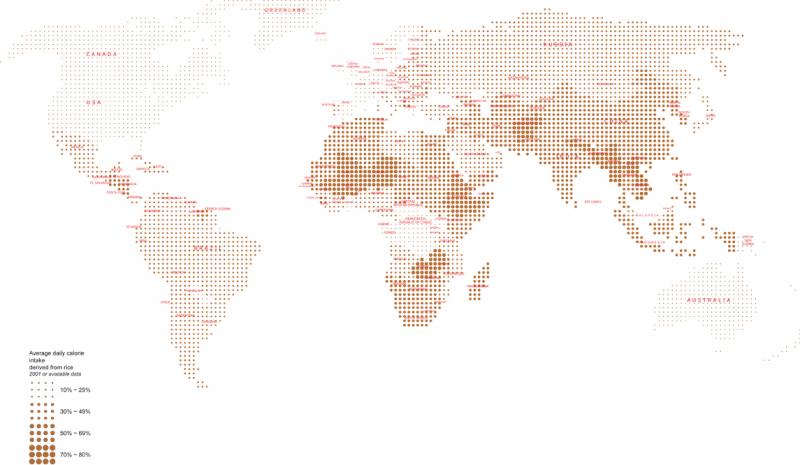
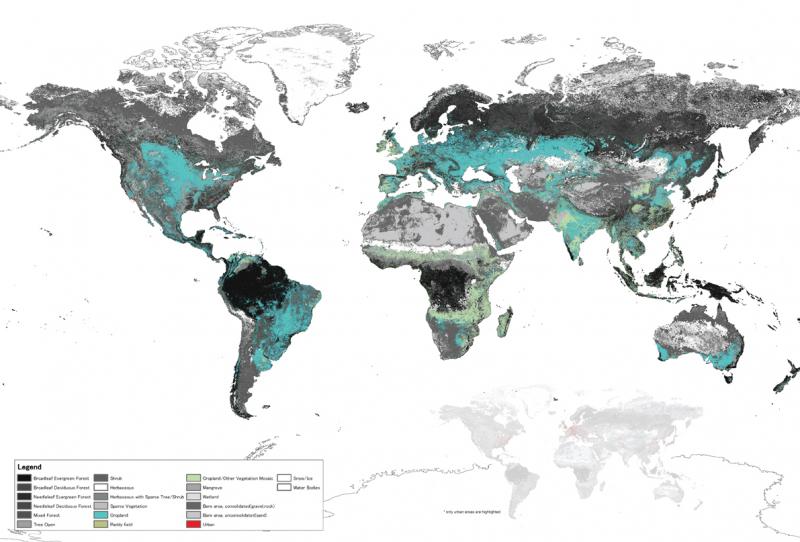
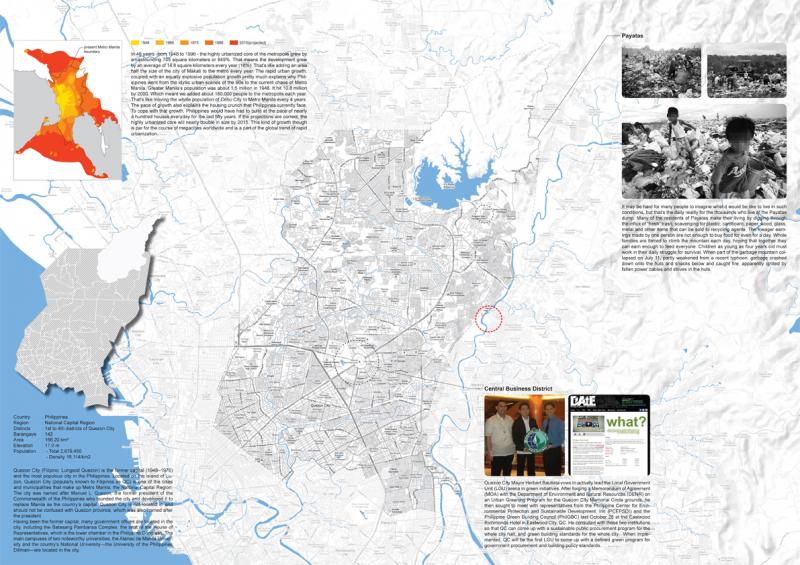

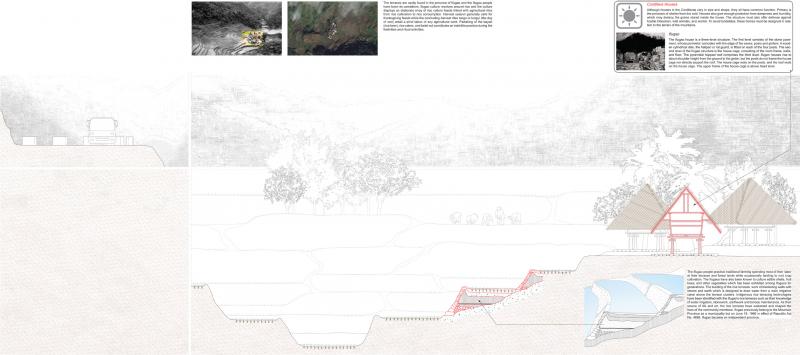
![Study of Barangay A barangay (Filipino: baranggay, [baraɡaj]), also known by its former Spanish adopted name, the barrio, is the smallest administrative division in the Philippines and is the native Filipino term for a village, district or ward. Barangays are further subdivided into smaller areas called Puroks (English: zone). A sitio is a territorial enclave inside a barangay, especially in rural areas. Municipalities and cities are composed of barangays. In place names barangay is sometimes abbreviated as Brgy.¡± or Bgy. At 31 December 2006 there were a total of 41,995 barangays throughout the Philippines.](http://projectsreview2011.aaschool.ac.uk/submission/uploaded_files/DIP-16/thumbnails800/jin-ho.kim-Study of barangay.jpg)
.jpg)
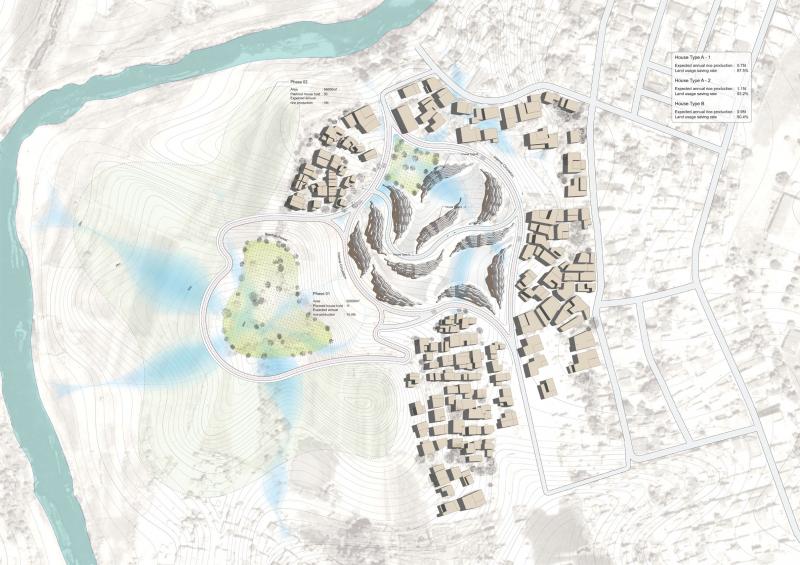

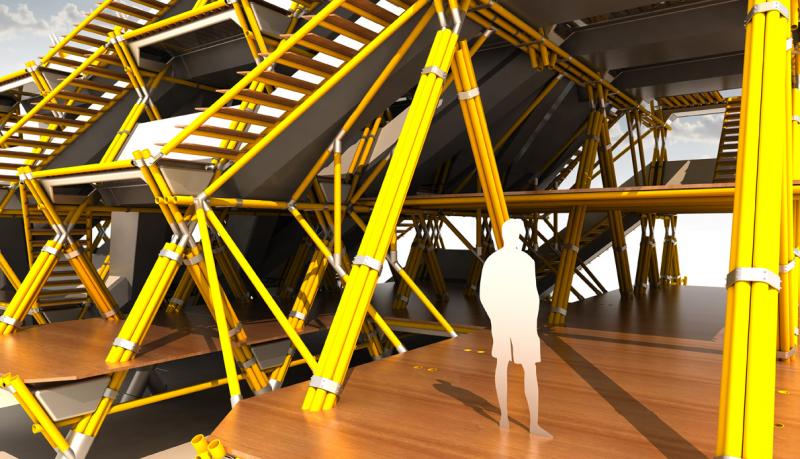
My design proposal of the project is urban rice farming villa in Philippines, exploiting advanced farming method, vertical growth of the design would reinterpret current urban living strategy. Responding one of current global issues, which is food shortage, the project is aiming to achieve new type of urban agricultural life in a city.